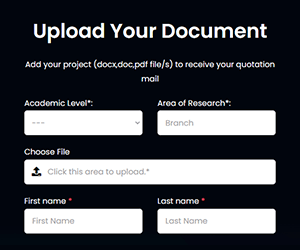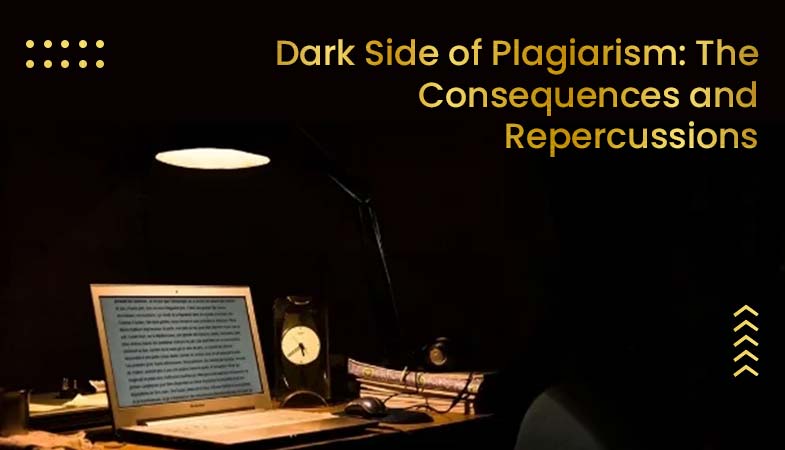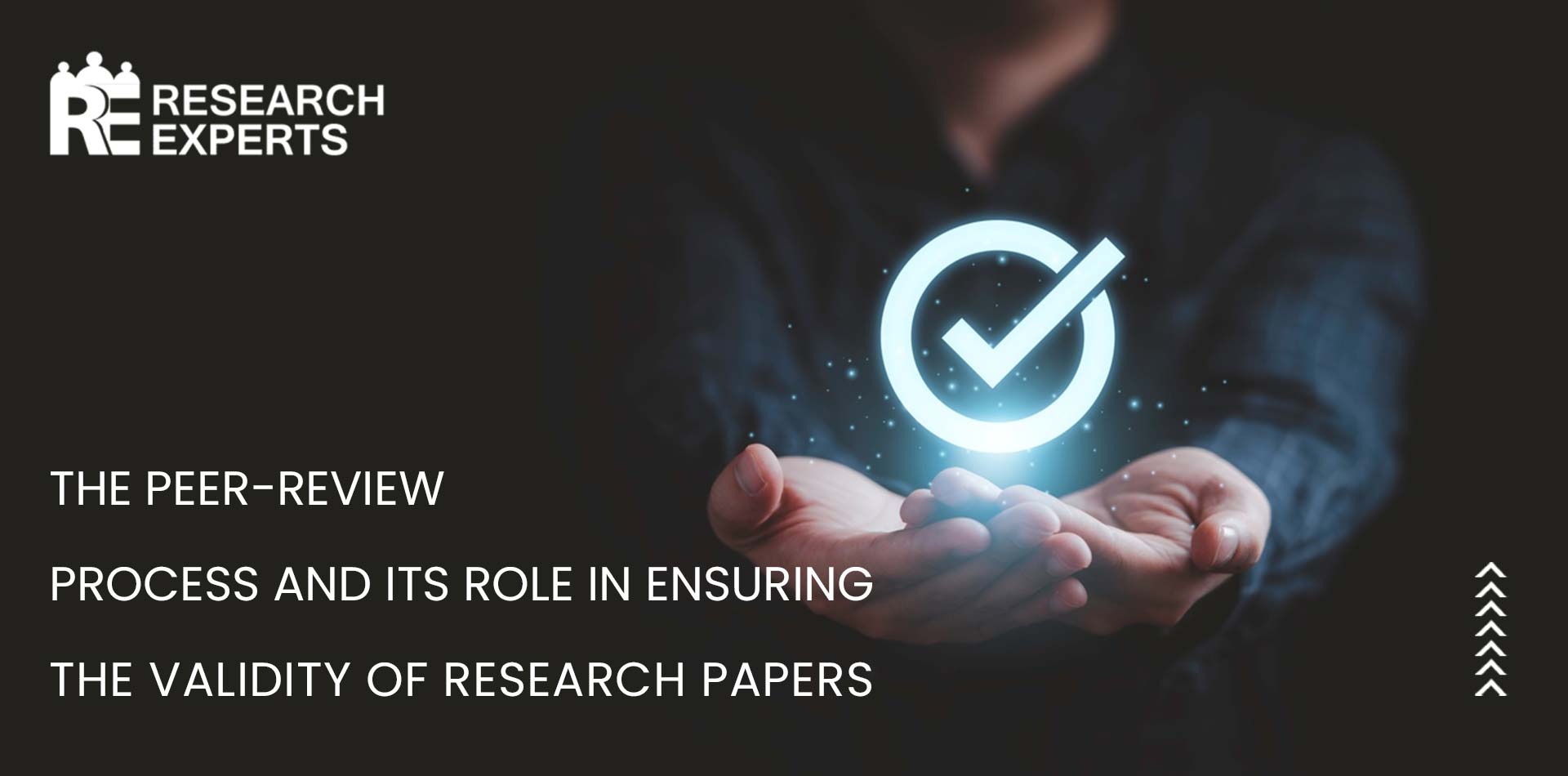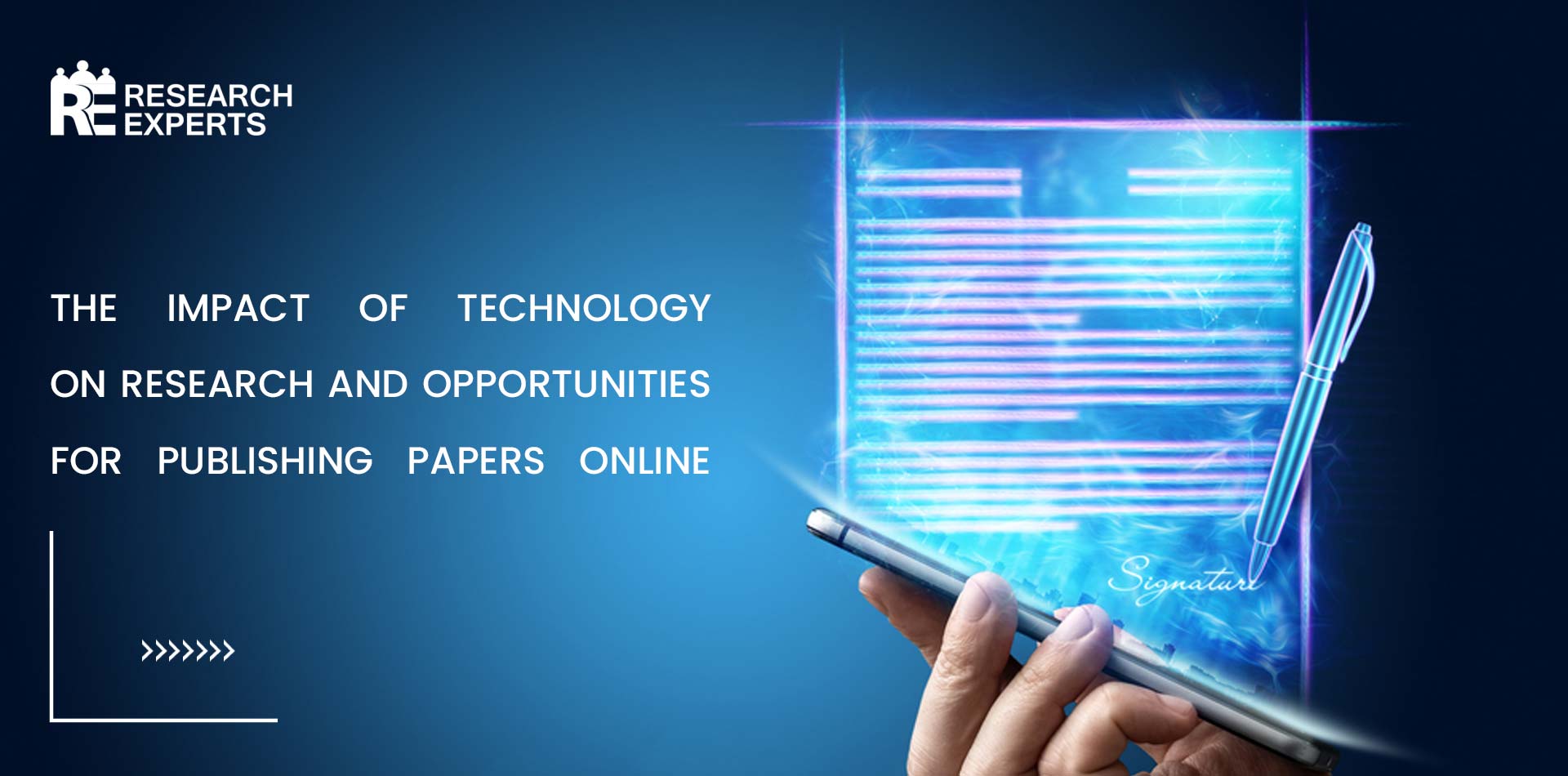
Plagiarism Detection and Prevention in Graduate Education
Plagiarism Detection and Prevention in Graduate Education – Plagiarism is a serious issue in the field of education, and it especially concerns the realm of graduate studies, where original research and contributions to a particular discipline are expected. Know about Plagiarism Detection and Prevention In Graduation Education. Plagiarism is described as the act of utilizing the words or ideas of another person as if they were your own without properly attributing where the words or ideas were obtained from. This may be done in a variety of ways, such as cutting and pasting material straight from a source without using quotation marks or citations or paraphrasing a source in a manner that does not correctly portray the original content or views.
In many contexts, plagiarising someone else’s work is not just immoral but against the law. In the field of academia, it may lead to harsh repercussions for the offender, such as academic probation or even having a degree revoked. Therefore, it is very necessary for both graduate students and teachers to comprehend the significance of preventing plagiarism and to take measures to thwart its occurrence.
How to prevent plagiarism?
- One way to prevent plagiarism is to familiarize oneself with the various citation styles that are commonly used in the field of study. This includes understanding how to properly format in-text citations and reference list entries, as well as how to properly use quotation marks when directly quoting a source. It is also important to keep track of all sources used in research, including those that may not be directly cited in the final product. This can be done through the use of a citation management tool or simply by maintaining a comprehensive list of sources as research is conducted.
- Another key aspect of preventing plagiarism is understanding how to properly paraphrase and summarize sources. When paraphrasing, it is important to restate the original content in your own words rather than simply changing a few words here and there. When summarizing, it is important to condense the main points of a source into a shorter form while still maintaining the integrity of the original content.
- In addition to these proactive measures, there are also a number of tools and resources available to help detect and prevent plagiarism. One such tool is plagiarism detection software, which can scan a document and identify any instances of copied or unoriginal content. While these tools can be useful, it is important to note that they are not foolproof and should not be relied upon as the sole method of detecting plagiarism.
- Another resource for preventing plagiarism is to seek feedback and guidance from advisors, professors, and peers. This can include asking for help with understanding citation styles and best practices for paraphrasing and summarizing, as well as having others review and critique written work before it is submitted.
Conclusion
To summarise, academic dishonesty, specifically in the form of plagiarism, is a significant problem in the field of graduate education. It is critical that both students and faculty members be aware of the significance of giving credit where credit is due and the various strategies that can be implemented to combat plagiarism. Graduate students can ensure the originality of their work and maintain the integrity of their research by familiarising themselves with various citation styles, maintaining an accurate record of their sources, paraphrasing and summarising information in an appropriate manner, and making use of the tools and resources that are currently available.








